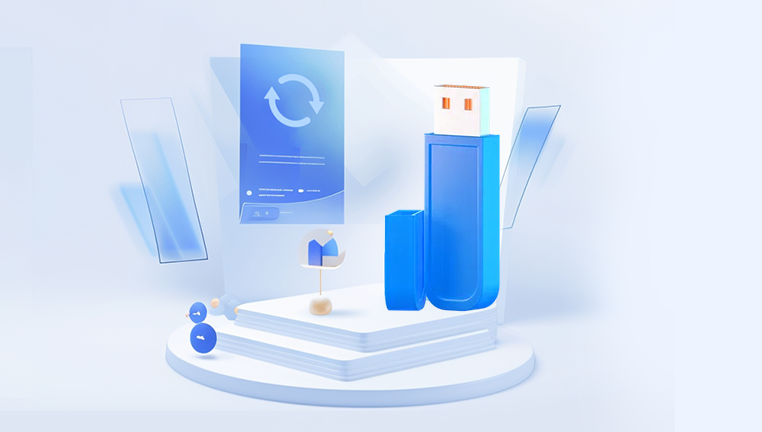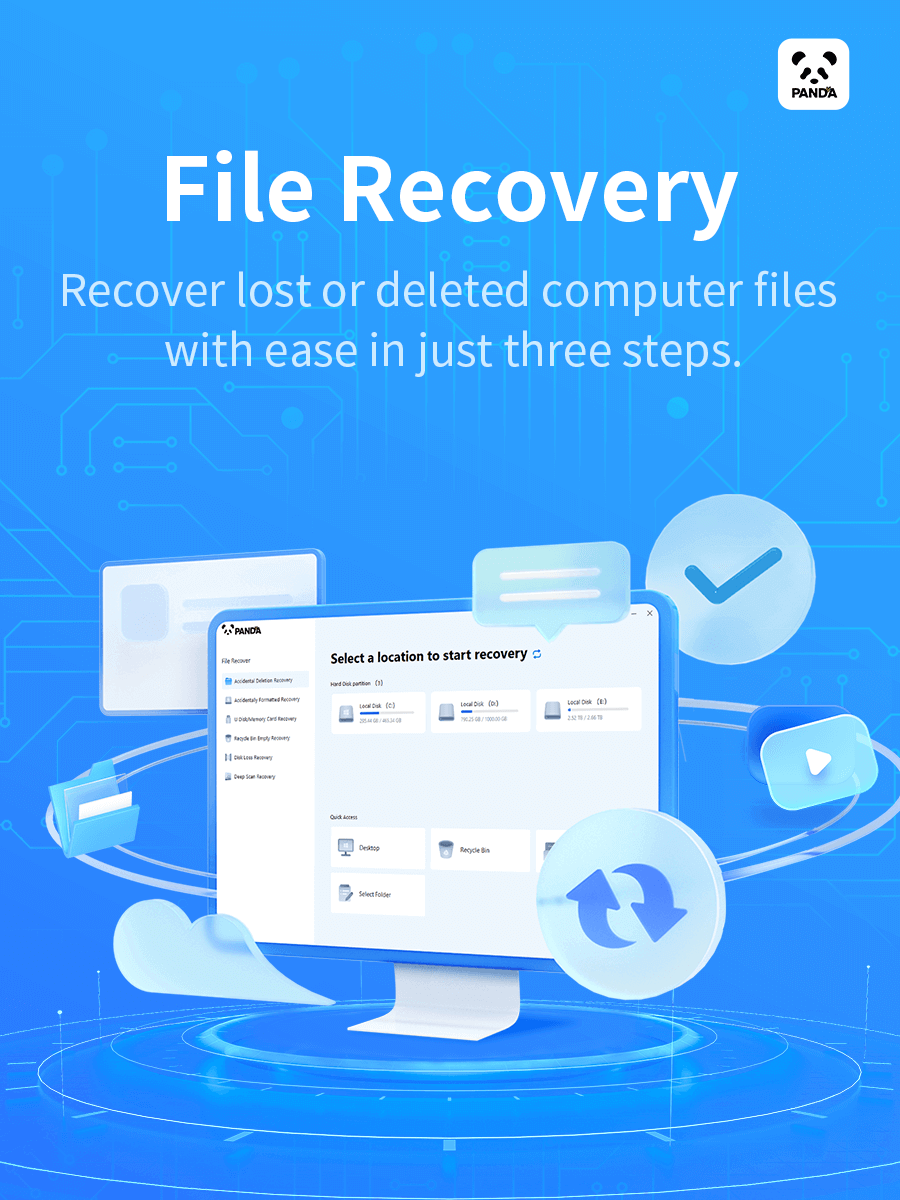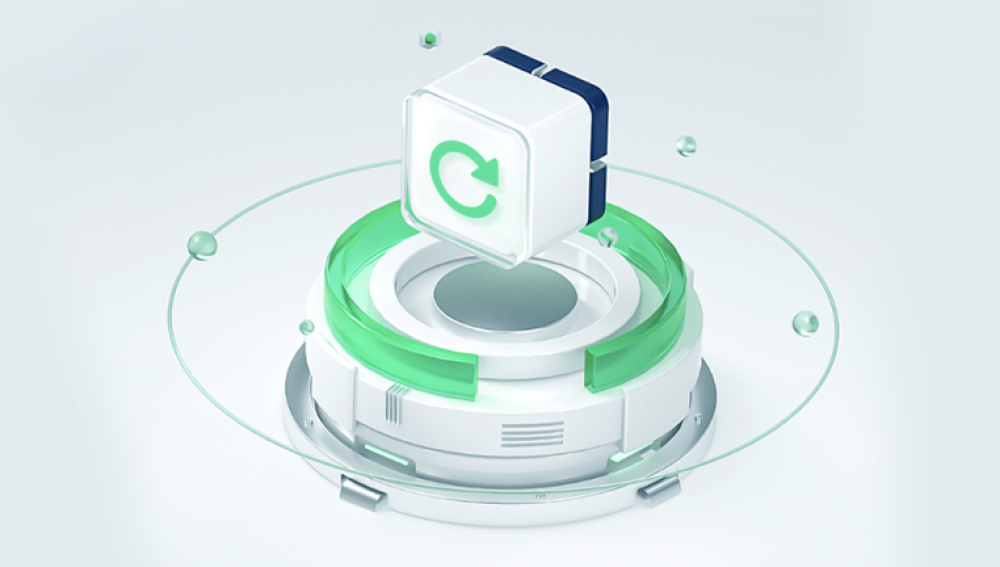Formatting a USB disk on a Mac is a relatively straightforward process, which is detailed as follows:
Formatting with Disk Utility
Connect the USB Disk: Plug the USB disk into your Mac's USB port. Wait for the Mac to recognize the device. It should appear on the desktop and in the Finder sidebar.
Open Disk Utility: You can do this by clicking on the "Spotlight" icon in the top-right corner of the screen and typing "Disk Utility" and then pressing Enter. Alternatively, you can find it in the "Applications" folder > "Utilities" folder.
Select the USB Disk: In Disk Utility, you'll see a list of drives and volumes. The USB disk you inserted will be listed. It's usually labeled with the disk's name or capacity. Select the top-level entry for the USB disk, not an individual partition on the disk. This is important to ensure that you format the entire disk correctly.

Erase the Disk: Click the "Erase" button in the Disk Utility toolbar. A pop-up window will appear with various options for formatting.
Configure Formatting Options:
Name: Enter a name for the USB disk. This is the name that will appear when you insert the disk into your computer. Make sure to choose a name that is easy to recognize and remember.
Format: Select the file system format you want to use. The most common options are:
Mac OS Extended (Journaled): This is the default file system for Mac computers and offers good performance and reliability. It's suitable for general use and is compatible with most Mac applications. It's also the best choice if the USB disk will be used mainly on Mac computers.
MS-DOS (FAT32): This format is widely supported and can be read and written by both Mac and Windows computers. However, it has some limitations, such as a maximum file size of 4GB and a maximum partition size of 32GB. It's a good option if you need to share the USB disk between Mac and Windows systems.
exFAT: This is a newer file system that is also compatible with both Mac and Windows. It doesn't have the file size and partition size limitations of FAT32 and offers better performance for large files and high-capacity disks. It's a good choice if you need to transfer large files between different operating systems.
Scheme: Usually, you can leave this set to "Master Boot Record" (MBR) unless you have a specific reason to use "GUID Partition Map" (GPT). MBR is more commonly used and is compatible with a wide range of systems. GPT is used for disks larger than 2TB or for systems that require advanced partitioning features.
Start the Formatting Process: After configuring the options, click the "Erase" button to start formatting the USB disk. Disk Utility will display a progress bar showing the status of the formatting process. The time it takes to format the disk depends on the size of the USB disk and the speed of your Mac's hardware.
Eject the USB Disk: Once the formatting is complete, click the "Eject" button in Disk Utility or simply drag the USB disk icon to the Trash (which acts as an eject function) in the Finder to safely remove the disk from your Mac.
Formatting with Terminal
Connect the USB Disk: As with the Disk Utility method, start by plugging the USB disk into your Mac's USB port and waiting for it to be recognized.
Open Terminal: You can find Terminal in the "Applications" folder > "Utilities" folder. Alternatively, use Spotlight to search for "Terminal" and open it.
List Disk Devices: In the Terminal, type the command diskutil list and press Enter. This will display a list of all the disk devices connected to your Mac, including the USB disk. Look for the entry that corresponds to your USB disk. It will usually have a size and a name that matches the USB disk you inserted. Make a note of the disk identifier, which is usually something like /dev/diskX, where X is a number.
Unmount the USB Disk: Before formatting, you need to unmount the USB disk. Use the command diskutil unmountDisk /dev/diskX, replacing /dev/diskX with the actual disk identifier of your USB disk. For example, if your USB disk is /dev/disk2. the command would be diskutil unmountDisk /dev/disk2.
Format the USB Disk: Use the diskutil eraseDisk command to format the USB disk. The basic syntax is diskutil eraseDisk /dev/diskX, where is the file system format you want to use, is the name you want to give to the USB disk, and /dev/diskX is the disk identifier. For example, to format the disk as Mac OS Extended (Journaled) with the name "MyUSB", and if the disk identifier is /dev/disk2. the command would be diskutil eraseDisk JHFS+ MyUSB /dev/disk2. If you want to use FAT32. the format option would be MS-DOS. For exFAT, it would be exFAT.
Verify the Formatting: After the formatting is complete, you can use the diskutil list command again to verify that the USB disk has been successfully formatted with the correct file system and name.
Precautions
Data Backup: Formatting a USB disk will erase all the data on it. Always make sure to back up any important files and data on the USB disk to another location, such as an external hard drive, cloud storage, or your Mac's internal hard drive, before starting the formatting process.
Disk Compatibility: If you plan to use the USB disk on both Mac and Windows computers, choose a file system format that is compatible with both, such as FAT32 or exFAT. However, if the USB disk will be used only on Mac computers, Mac OS Extended (Journaled) offers better performance and features.
Eject Safely: After formatting or using the USB disk, always eject it safely from your Mac to prevent data corruption or damage to the disk. You can do this by clicking the eject icon next to the disk's name in the Finder sidebar or using the Eject option in Disk Utility.
Check for Disk Errors: If you encounter problems formatting the USB disk or if the disk seems to be malfunctioning, you can use Disk Utility to check for and repair disk errors. In Disk Utility, select the USB disk and click the "First Aid" button. This will scan the disk for any errors and attempt to fix them.
Use the Right Tools: Make sure you are using the correct tools and commands for formatting. Using the wrong commands or options in the Terminal can lead to incorrect formatting or even damage to the disk. If you're unsure, it's better to use the Disk Utility, which provides a graphical interface and is more user-friendly.




